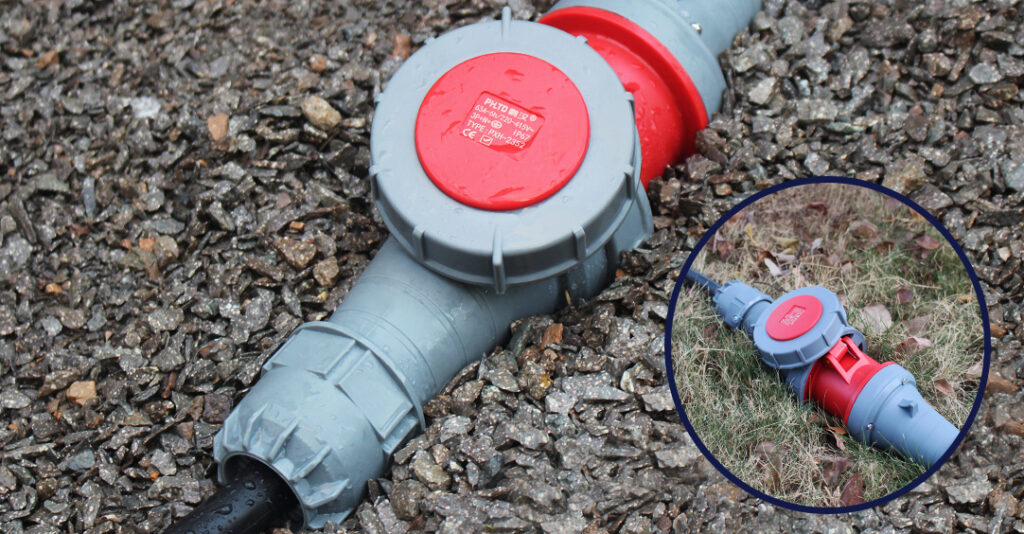Voltage and Current Rating: Determine the required voltage and current specifications to ensure compatibility with your application.
Number and Type of Outlets: Specify how many outlets you need and the types (e.g., standard sockets, USB ports) required to accommodate your devices.
Enclosure Type: Choose the appropriate enclosure type based on the environment where the socket box will be used (e.g., indoor, outdoor, hazardous areas). Options include weatherproof and explosion-proof enclosures.
Mounting Options: Decide whether you need a socket box that can be wall-mounted, floor-mounted, or integrated into existing equipment.
Additional Features: Consider if you need additional features such as surge protection, circuit breakers, or locking mechanisms for enhanced functionality and safety.
Compliance and Certification: Ensure that the socket box meets relevant industry standards and certifications to guarantee safety and performance.
Customization Options: Check if PHLTD offers customization options for socket configurations, materials, or colors to better suit your specific needs.
For a detailed PHLTD product selection guide and further assistance, it’s advisable to visit their official website or contact their customer service directly. They can provide comprehensive product specifications and help you choose the best industrial socket box for your requirements.

